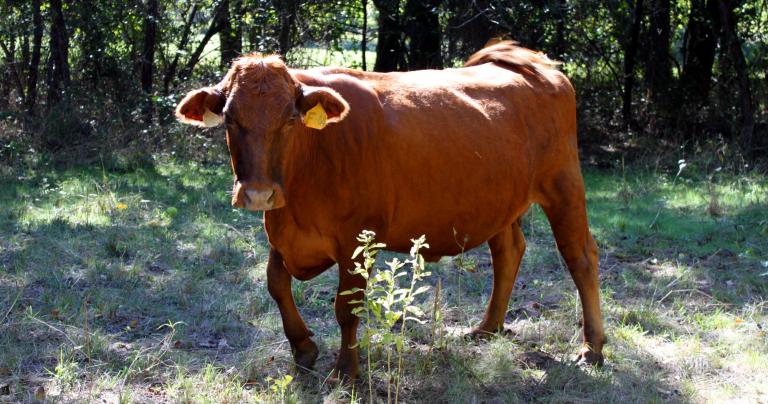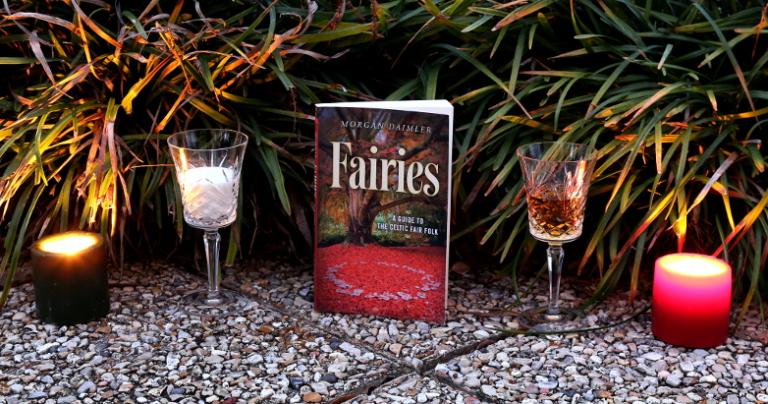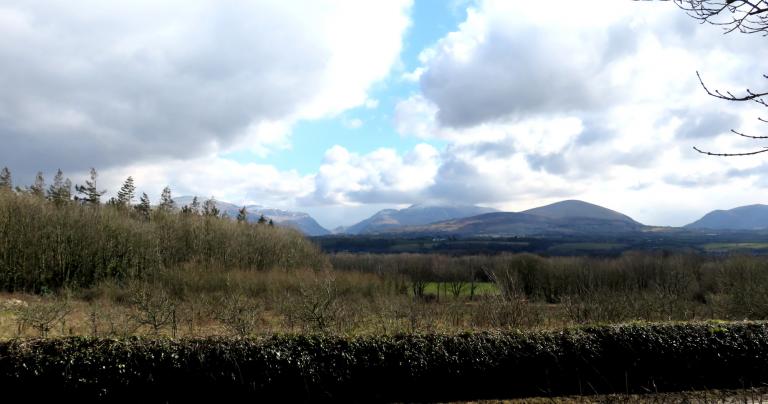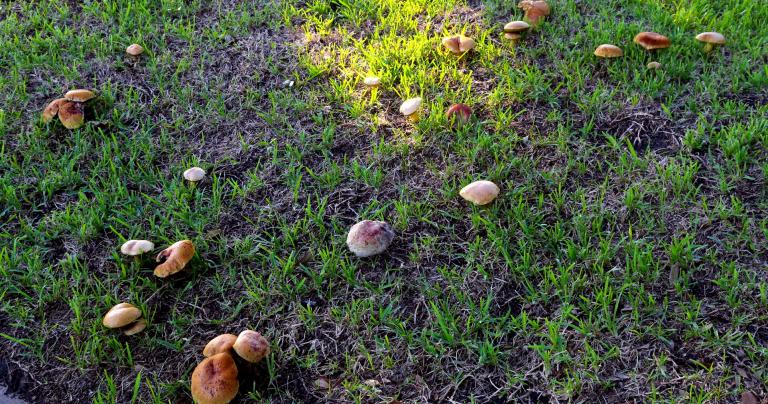Every year I come across stories of tourists who are ticketed by park rangers – and in some cases, are seriously injured – because they ignore warning signs, cross fences, and otherwise get too close to wild animals in order to take pictures with them. They’re oblivious to the fact that an elk is a person who has the right to do elk things without being disturbed for the amusement of humans. And they’re also oblivious to the fact that while an elk won’t eat you, it will charge and kill you if it thinks you’re a threat.
On one hand, this is ignorance. The only animals most people encounter these days are pets. They aren’t aware that farm animals can be dangerous, much less wild animals. On the other hand, it’s also arrogance. People encounter something – someone – new, and rather than taking the time to learn about them, they act like the animals are there solely for their benefit.
Ignorance and arrogance around animals can get you killed.

I’m seeing the same sort of ignorance and arrogance when it comes to fairies. “Fairies just want help us.” “Fairies will be our teachers if we listen.” “Another Midsummer and I still haven’t been carried away by the fairies.” And perhaps worst of all, I’m seeing people offering to teach others “how to work with the fairies” when their advertisements make it clear they know virtually nothing about actual fairy lore.
Ignorance and arrogance around the Fair Folk can be hazardous to your health and well-being.
When we encounter a new deity one of the first things we do – or should do, anyway – is to read Their stories. How did our ancestors understand Them? More importantly, how did they relate to Them? While we don’t ever want to become the Pagan equivalent of biblical literalists, drawing on the stories our ancestors told about the Gods helps us to engage with Them respectfully and effectively.
We can do the same thing with the Fair Folk. We have more stories and far more recent stories about them than we do about most Gods. And those stories make it quite clear: fairies are not nice and kind and sweet. They are not here to be our friends or teachers. If you behave honorably toward them they may behave honorably toward you, but the slightest disrespect can undo years of cooperation.
And others have no compunction about turning you into a slave, or into a snack.
And yet we have people doing the metaphysical equivalent of taking a selfie with an elk, or lathering themselves with fish guts and going swimming in the ocean. Or worse, claiming to a be an expert on fairies and encouraging naïve people to put themselves at risk.
Some of my Irish friends find this not just dangerous but offensive. I won’t speak for them or attempt to explain their position, except to point out that the idea of fairies as “twee” (it means exactly what it sounds like) didn’t originate with Disney. It originated with the Victorians. You know, the same people who built an empire in foreign lands that’s still not completely dismantled (see Northern Ireland, as well as some of the ridiculous proposals for British – Irish relations post-Brexit), and who assumed that anything that wasn’t proper English culture was wrong and therefore in need of correction.
In their excellent book Fairies: A Guide to the Celtic Fair Folk, Morgan Daimler discusses how much of our misinformation about the Fair Folk comes from the Victorian era.
This … can rightly be viewed as a reflection of the wider culture of the time, which was one of the middle class, of repression and sanitization, one that in many ways sought to rewrite unpleasant stories into pleasant ones to create an illusion of a better world.
The stories of the Celtic lands make it very clear that the Fair Folk are anything but safe. Why would you believe imperialists and entertainment moguls over people with first-hand experiences? I’ve had the pleasure of listening to Anglesey Druid Kristoffer Hughes talk about the Tylwyth Teg in Wales. He says you don’t want to bump into them and you definitely don’t go looking for them. His stories are representative of those with first-hand experience of the Otherfolk.
Still think fairies are twee? I know, it’s what you’ve always been told. It’s what you want to be true. And it never occurred to you to seek out some more relevant sources.
And let’s be honest – some of you don’t think this is real. Or at least you don’t act like it.
The Fair Folk are real… and they aren’t all benevolent Nature spirits.
[If you’re rolling your eyes at that statement, go read something else and don’t bother leaving a comment – I’ll delete it with no warning. This post isn’t for you.]
Like many of you, my first exposure to witches and witchcraft came through TV and movies. First there was Samantha and Angelique, then later on there was Sabrina, Willow, and Hermione. But when I discovered that there are real witches, nobody had to tell me what I had seen on TV wasn’t an accurate source of information. I went looking for more reliable references.
Likewise, there are plenty of good references on the Fair Folk. Many of them are on-line and in the public domain. If you have an interest in the topic, learn all you can.
I’m not an expert on fairies or fairy lore. I did my best to avoid them for years – I read enough about them to understand I’d prefer to pay my respects from a safe distance. For me, that’s no longer possible, so I’m trying to learn as much as I can as fast as I can.
Because I’m convinced the Fair Folk are becoming more active in our world. Or perhaps it would be better to say that the intersection of their world and our world is becoming larger and more prominent, and so interactions between humans and fae are becoming more common. And history says we will have interactions. Here’s Morgan Daimler again:
There is a dependence between the two peoples that is complex and goes back a long way indeed. This almost symbiotic relationship is more than just a matter of our worlds’ intersection, or our need to appease them to ensure good crops. For good or ill they can affect us in profound ways and we can, perhaps, affect them as well.
In the past, I’ve discussed how we occasionally have common cause with the Fair Folk. I still think that’s the case. But do not ever allow yourself to think that “common cause” means “the fairies are on our side.” Both ancient and contemporary stories make it very clear that ever and always, the fairies are on their own side.
What that common cause might be is another topic for another time. But trust me when I say it has nothing to do with making your life easier and more magical.
Themselves would be very angry with me if they thought I was comparing them to wild animals. So let me be clear – I’m not. I’m comparing people who take selfies with elk to people who make open-ended offers to the fairies and naïvely court their presence in their lives. Both sets of people are being ignorant and arrogant, for which they run the risk of paying a very high price.




















